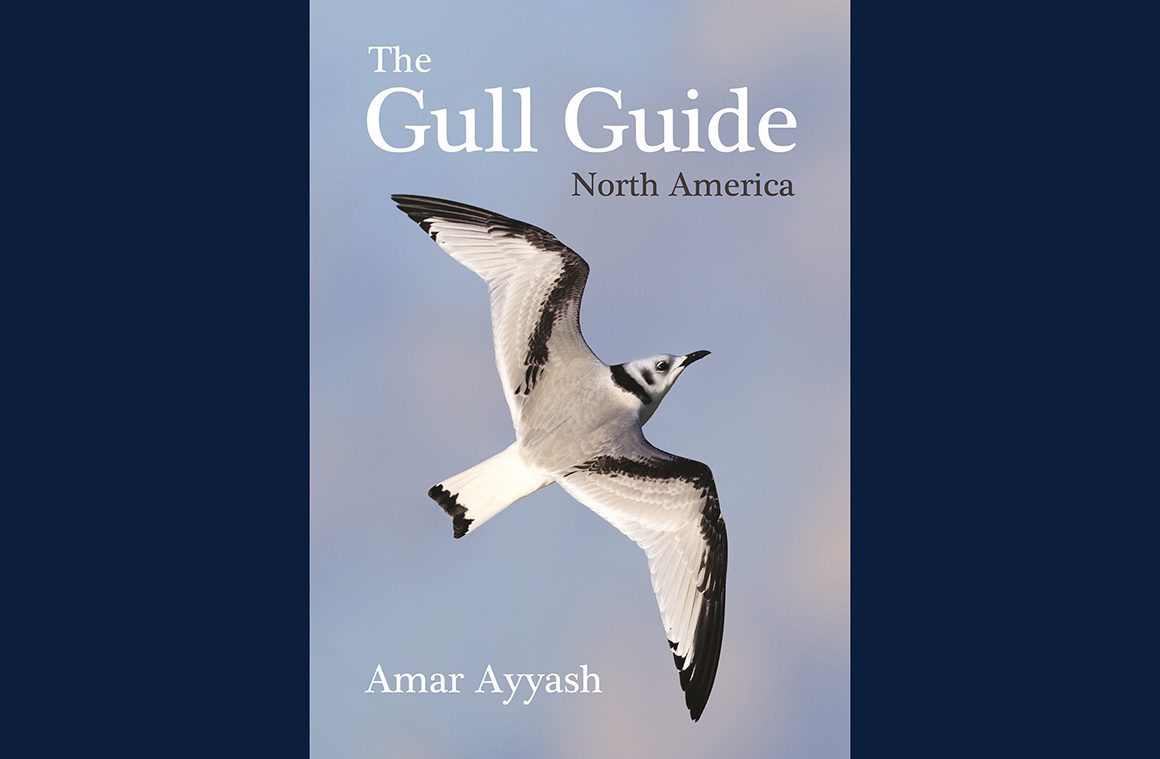
In about five weeks, a group of thickly-clad birders carrying scopes, cameras, and binoculars will gather on the shore of Lake Michigan, at North Point Marina, Illinois, to be exact, near the Wisconsin border, and spend the day looking at gulls. And talking about gulls. And hearing a speaker, name of Amar Ayyash, talk about gulls. In what will probably be freezing, windy, 10-layers required weather conditions. This is the annual Gull Frolic, now in its 23rd year (a year or two was lost to Covid), sponsored by the Illinois Ornithological Society, and if you’d like to attend, sorry, it’s too late, it’s been sold out for weeks (but there is a wait list)! Amar Ayyash did not found the Gull Frolic, but he has been actively involved with it for years as organizer and educator, these days when you think “Gull Frolic” you’re also likely to think “Amar, Master of Gulls.” This year will also feature a newcomer to the North American gull scene, The Gull Guide North America, Amar Ayyash’s recently published magnum opus on gull identification.
Roughly 6 years in the making, this comprehensive, photo- and text-filled guide is simultaneously intimidating and accessible, designed with thought for both user education and visual aesthetics. Just look at that beautiful light blue-gray cover featuring an immature Black Kittiwake in flight! Contrasted with the dark gray spine, the colors reflect the shades of gray you see when observing gulls. The Gull Guide North America has already made the “Best of” lists of several birding blogs and podcasts (including both 10,000 Birds and the ABA 2024 Best Birding Books of the Year Podcast, both of which I participated in), and I think it’s a book that will continue to be discussed and used in years to come.
The Gull Guide (I’ll abbreviate the name for convenience) covers 36 gulls–32 in the Species Accounts, four in the Appendix, plus treatment of five subspecies and seven of the most commonly seen gull hybrids. Special attention is given to the Herring Gull Complex. But before we get to the Species Accounts, we need to talk about the introductory material: Introduction, Gull Topography, Aging and Molt, and Identification. I know I always say this, and I’m going to say it again: You MUST read these sections to get the most out of the Species Accounts. Fortunately, Princeton University Press has made the “Identification” section available on their web site (as of this writing). I’ve already read these sections two times and will probably read them again and again. Sections on Taxonomy, Gull Topography, and Aging and Molt, are essential for understanding the language and scientific basis of gull identification. I was particularly fascinated by the use of the Kodak Gray Scale, abbreviated in the Species Accounts as ‘KGS,’ to characterize mantle (upper parts) colors, a system first suggested by Steve N. G Howell and researched with specimens by Ayyash; and by the Humprey-Parkes-Howell molt strategies, which Ayyash enthusiastically calls for all birders to embrace. This isn’t always easy reading, and I was happy for the additions of tables and charts that lay out the important points. The Identification section is thankfully more readable. Ayyash goes through, point by point, the identification process–what to look for, accounting for plumage variations, bleaching and wear, molt (of course) and conditions, like light, that might affect what you are looking at. There is a terrific North American Gull Identification Chart that shows distinguishing features–leg color, mantle shade, wingtip color, orbital color, bill pattern, eye color–of 17 gulls utilizing brightly colored icons (you can access it in the PUP section cited above). If PUP doesn’t make it available as a downloadable ‘cheat sheet,’ then I’m going to have to scan and print it.
Species Accounts, as I said above, cover 32 North American Gull species and five subspecies, divided into two sections: (1) Small Tern-like and Hooded Gulls and (2) Larus Gulls. These include our most common gulls and, surprisingly, vagrant species like Swallow-tailed, Gray-hooded, Belcher’s, Black-tailed, and Kelp Gulls, all code 4 or 5 on the ABA Checklist. You’d think that these gulls would get briefer descriptions since they are mega-rarities, seen less than once every few years, but no, each species is covered comprehensively. I don’t understand the reasoning behind this–it contributes to the length and density of the guide–but if I ever think I’m looking at a possible Kelp Gull (like the one right now in Texas), I will be happy to have this guide. Subspecies that get full species account treatment are: Kamchatka and Azores Gulls and the Iceland Gull Complex– Thayer’s, Kumlien, and Iceland Gulls.
Species Accounts include the following information (nicely described by Ayyash at the end of the introduction): In the header, scientific and common names, body and wingspan length, number of molt cycles, abbreviation of the accepted molt cycles, and the range of KGS grays; in the chapter, Overview, Taxonomy (includes subspecies when relevant), Distribution, Identification, Similar Species, Hybrids. Some of these sections are extremely detailed, reflecting Ayyash’s desire to explore gull puzzles (stated in his interview with Nate Swick on the ABA podcast). In many ways, you could say that this is as much a monograph on gulls as an identification guide. The Range sections are lengthy, covering breeding (world-wide) and nonbreeding geographic ranges in North America, including specific ranges for subspecies and notable sightings of vagrants, some of which are analyzed for accuracy. The taxonomic sections, particularly the one on the Herring Gull complex, succinctly summarize historical and current issues. And the photographs offer the most complete depictions of gull variation that you could wish for and then some.
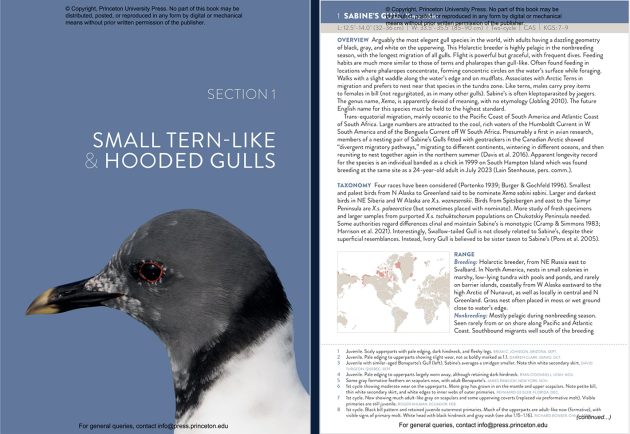
© 2024, Amar Ayyash & Princeton Univ. Press; Beginning of Section 1 & first page of Sabine’s Gull Species Account (the bottom photo captions are for the photographs on the opposite page, not available for reproduction).
There are over 1,800 photographs by Ayyash and a long list of birders and photographers. The photographs are an integral part of the Introductory material and Species Accounts, taking up about 1/2 of each Account. Each photo is carefully numbered for chapter and sequence, captioned with molt cycle, text on plumage and identification, and ending with name of photographer, location, and month in which it was taken. Species Accounts photos start with first cycle gulls and progress to adult plumage. These are not beautiful photos, though many are very good, sharp and focused; they have been chosen to illustrate specific identification points. Here is an example of a typical caption for one of my favorite gulls, Lesser-Black Backed: “10. 1st cycle. Paling bill base and many fresh 1st alternate wing coverts and upper tertials, not rare at this date. Flight feathers juvenile (1st basic)” (p. 295). Not all photographs were taken in North America, the one cited here was taken in The Netherlands. A lot of thought has gone into the placement of the photographs and captions. Plates of 2 to 8 images usually have the gulls facing the same way, but not always, and I like that, especially the plates where the gulls face each other.
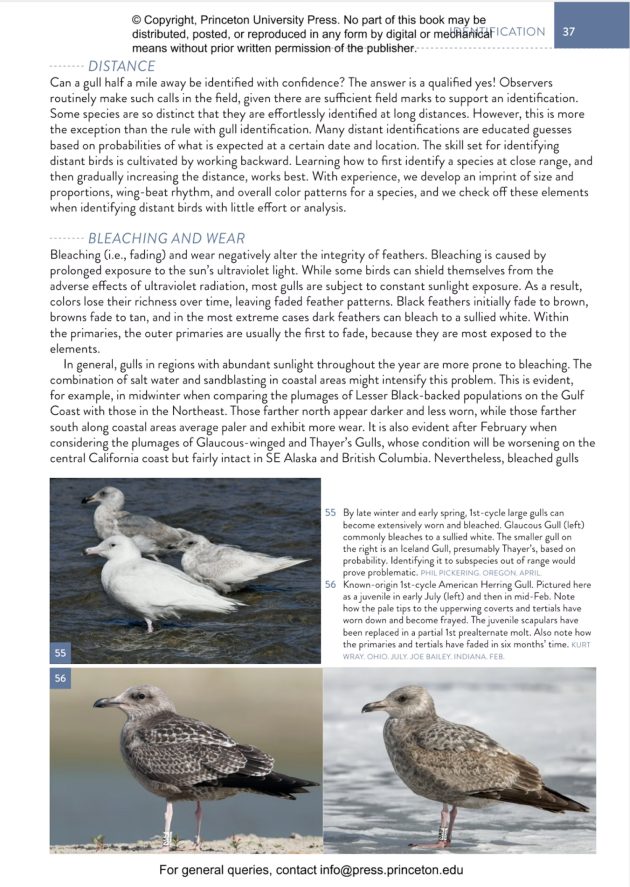
© 2024, Amar Ayyash & Princeton Univ. Press, page from Introduction–note all the gulls facing in the same direction!
Overall, this guide is wonderfully designed and organized. The fonts are very readable, even the photo captions which are in a smaller size. The Table of Contents lists every section and for the Species Accounts lists both species account number and page number (something that seems simple, but which has been lacking in some recent guides). Page number and gull name are given on each page spread, so it’s easy to know where you are if you’re browsing. It took me a few minutes to realize that a new Species Account begins with the gull’s name set in white against a dark blue banner. It’s a comparably thin banner at the very top of the page, so it can be easy to miss.
You can’t study gulls without thinking about hybrids and Ayyash has a section focusing on seven of the most well-known ones, including Olympic Gull (Glaucous-winged x Western Gull) and Nelson’s Gull (Glaucous x American Herring Gull). He points out that in some cases, hybrids “may be catalysts of evolution” (p. 436), which is an interesting way to think about these puzzling birds. He also notes the lack of rigorous research and data on gull hybrids and that identification of hybrids is largely a process of elimination. Nevertheless, the number of photos and identification points given here will be extremely valuable to the birder trying to accurately identify a hybrid gull. I can’t think of any other gull guide that equals its detail.
Interestingly, one of the gulls getting a lot of attention these days–Gray Gull–is covered in the Appendix, a catchall for brief species accounts for two species that might have been seen and might be seen in the future in North America–Heuglin’s Gull, a Lesser Blacked-back Gull subspecies, and Taimyr Gull–and a gull recently added to the ABA checklist based on a single record in Aleutian Islands–Pallas’s Gull–and Gray Gull. Now that we have two North American sighting of Gray Gull–the Florida/Alabama bird and the recently found Brownsville Landfill, Texas bird–maybe we can expect Gray Gull to join the main species accounts in the next edition of The Gull Guide.
Back-of-the-book chapters are a Glossary, References, and an Index. The glossary will be useful to readers like me who constantly get ‘retrices’ and ‘remiges’ mixed up, it’s also a quick source for the H-P-H molt sequences used throughout. References is a 12-page, double columned bibliography of seemingly every scientific article, paper, bulletin, and taxonomic proposal written about North American gulls ever (and even beyond, there’s an article here about chickens!). The Index, though brief, refers the reader to molt concepts and topographic gull parts in addition to gull species, which is very useful. The only additional item I would have liked to see, either here or in the introductory material, is a visual key to the colors used in the distribution maps (which are described in the Introduction, but that is not the same as seeing).
Amar Ayyash is known as the “gull guy,” “gull whisperer,” and all round gull expert in birder circles. In addition to the Gull Frolic, he writes a blog/website called Anything Larus, co-administers a Facebook group about “North American Gulls,” and has written articles about gulls for Birding, North American Birds, and other birding publications. He is also a high school mathematics teacher, which explains his studied, educational approach to his subject. “Every gull flock encountered is an opportunity to learn something new, and the opportunities are endless,” he writes in the Introduction. “Struggling with an identification should be looked at as an opportunity to grow and cultivate our craft” (p. 3). I’m going to remember these words this winter, as I look through gull flocks for Iceland and Glaucous Gulls, and this summer, as I attempt to pick out the many 1st cycle Lesser Black-backed Gulls that tend to congregate at my favorite birding spot on Long Island. The Gull Guide North America is a massive, dense identification guide that takes time to read and use and there is no other gull identification guide like it. This should be on the shelf of every serious birder.
The Gull Guide North America by Amar Ayyash
Princeton University Press, Oct 2024
ISBN: 9780691263458
Illus: 1,800+ color photos. 7 tables
$39.95 flexibound, also available in eBook and Kindle formats


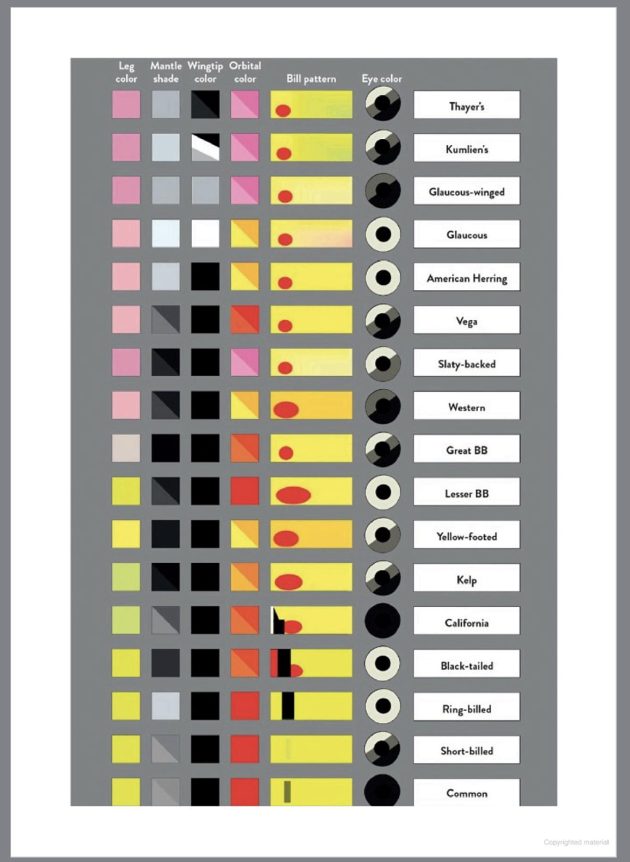
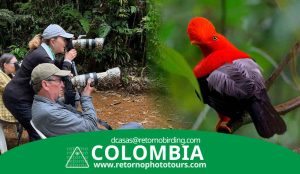


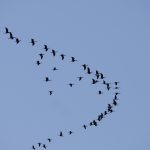
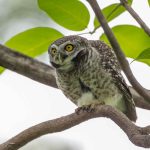
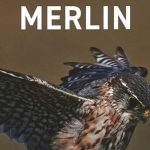
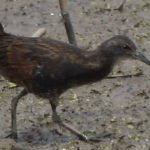

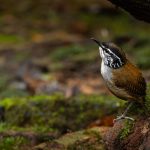

Hi Donna, I’m a new subscriber to 10,000 Birds, but I am well acquainted with your book reviews from the ABA podcast with Nate Swick. I listen to every ABA podcast and always look forward to the book reviews episode. I enjoyed your’s and Nate’s review of Amar Ayyash’s The Gull Guide. This is a spectacular book where Amar pulls out all of the stops. I’m not a gull expert and do not necessarily focus my birding on gulls, but this is a must have field guide. Your review is excellent and so thorough in its detail. I’d like to join you in recommending this guide for all birders – whether they like gulls or not. Just holding the guide in your hands and looking through the pages will heighten birders’ respect for gulls. I was also thrilled that Amar received the ABA’s 2024 award for excellence in publication. So well-deserved.